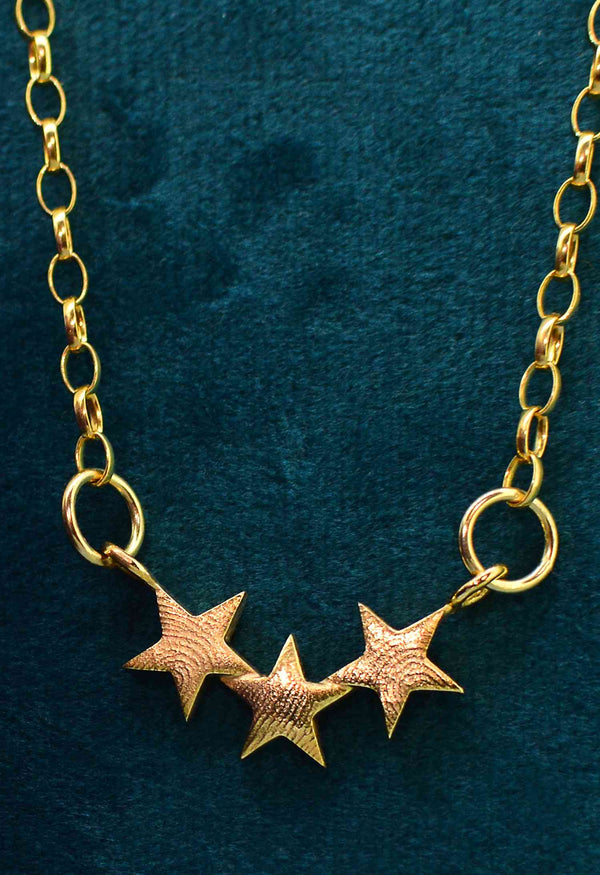Your Cart is Empty
~ Waiting List in Operation ~ Please Ask Before Ordering ~
~ Personalised jewellery to treasure forever ~
~ Waiting List in Operation ~ Please Ask Before Ordering ~
~ Personalised jewellery to treasure forever ~

4 Myths and legends that make Valentine’s Day Interesting
February 10, 2018 3 min read
Valentine’s Day, formally known as Saint Valentine’s Day, is steeped in history.
It has survived through wars, felled kings and religious changes to become the only world-renowned day of love. With such a long and glorious history, it has picked up loads of interesting myths and legends along the way.
So, this year, rather than writing a gift guide, or complaining about the price of supermarket roses (that were honestly half the price yesterday), I thought I’d share some stories with you instead.
Here’s 4 myths and legends that make Valentine’s Day a little more interesting:
- Valentine’s day has always been about love
This is a myth.
Valentine’s Day hasn’t always been about love. In fact, it wasn’t until the 14th century that it became fully associated with love.
History tells us that Valentine’s Day first became associated with love through the Father of English literature, Geoffrey Chaucer, who linked them in his work. Before the 14th century, Valentine’s Day originated as a Western Christian feast day honouring the saint Valentinus.
In Ireland, many people make a Christian pilgrimage to the Shrine of St. Valentine at Carmelite Church in Dublin. This tradition has gone on for hundreds of years, with the Shrine said to be a house relic of Saint Valentine of Rome.
- There are three saints named Valentine
The legend is true!
Technically, there are three saints named Valentine as detailed by various hagiographical sources. One was a Roman priest, another a bishop. The third we actually know very little about – he’s said to have been a saint who suffered greatly for his cause and was martyred in the Roman province of Africa.
Despite there being three saints named Valentine, however, there’s only one is largely attributed to Valentine’s Day and that’s the Roman priest. He was the first saint Valentine, martyred in the year 296 B.C. The story goes that he was beheaded because he disagreed with and went against Roman Emperor Claudius II, who decided that it would be illegal for young men to marry their girlfriends. He was caught in the act and sentenced to death, only to be made a saint by Pope Gelasius in the year 498 A.D.
- Cupid is a Christian creation
This is a myth.
While cupid flourished under Western Christian influence and was immensely popular during the Middle Ages, he was the god of desire, erotic love, attraction and affection to the Ancient Greeks (who called him Eros).
In classic mythology, he is often portrayed as the son of Venus who herself was the love goddess. Cupid is most often portrayed as a slender young boy with angel wings in Greek art and sculpture. Although, during the Hellenistic period (a period of great prosperity for Greek cultural influence) he was portrayed as a chubby boy.
You probably know cupid best because of his bow and arrow. The legend goes that anyone shot by the arrow will be filled with uncontrollable desire. This legend is portrayed in ancient and classical art, so it isn’t a modern creation to make the character more sellable on gift cards (as has been suggested to me before).
- Charles, Duke of Orleans, sent the first Valentine’s Day love letter
The legend is true!
Charles, Duke of Orleans, sent his wife, Bonne of Armagnac, the first Valentine’s Day love letter in 1415. He sent the love letter while imprisoned in the Tower of London following his capture at the Battle of Agincourt.
The letter is a French poem entitled ‘Farewell to Love’. The poem isn’t considered one of Charles’ finest works – he wrote a lot of poems (some 500 in English and French) – but it is his most famous. Here’s the poem in all its glory, translated into English:
Well might I have suspected
That such a destiny,
Thus would have happened this day,
How much that Love would have commanded.
I am already sick of love,
My very gentle Valentine.
The British Library holds the letter today.
How did Bonne of Armagnac react to the letter? Well, she kept it and didn’t toss it to the flames. We don’t know if she responded in kind but the fact the letter is still here today is symbol enough of the couple’s love. Farewell, dear Charles.
Leave a comment
Comments will be approved before showing up.
Subscribe
Sign up to get the latest on sales, new releases and more …

Join the Club
WE'RE SO PLEASED TO SEE YOU!
Stay a while and look around.
While you're here, why not subscribe to our newsletter?We'll give you £20 off your first order, VIP access to new products, and access to our very special sample sales.We promise not to annoy you (honest).
